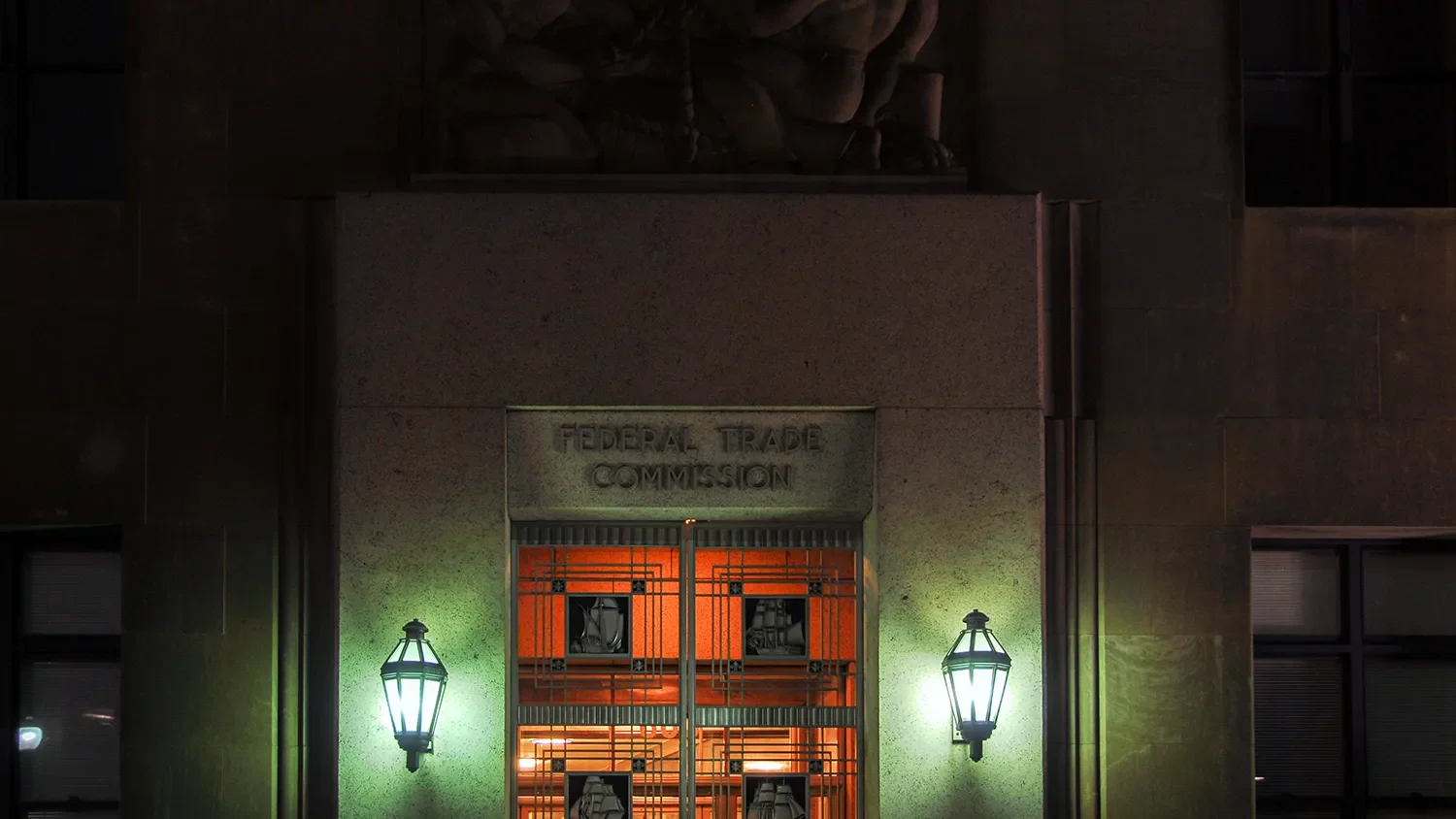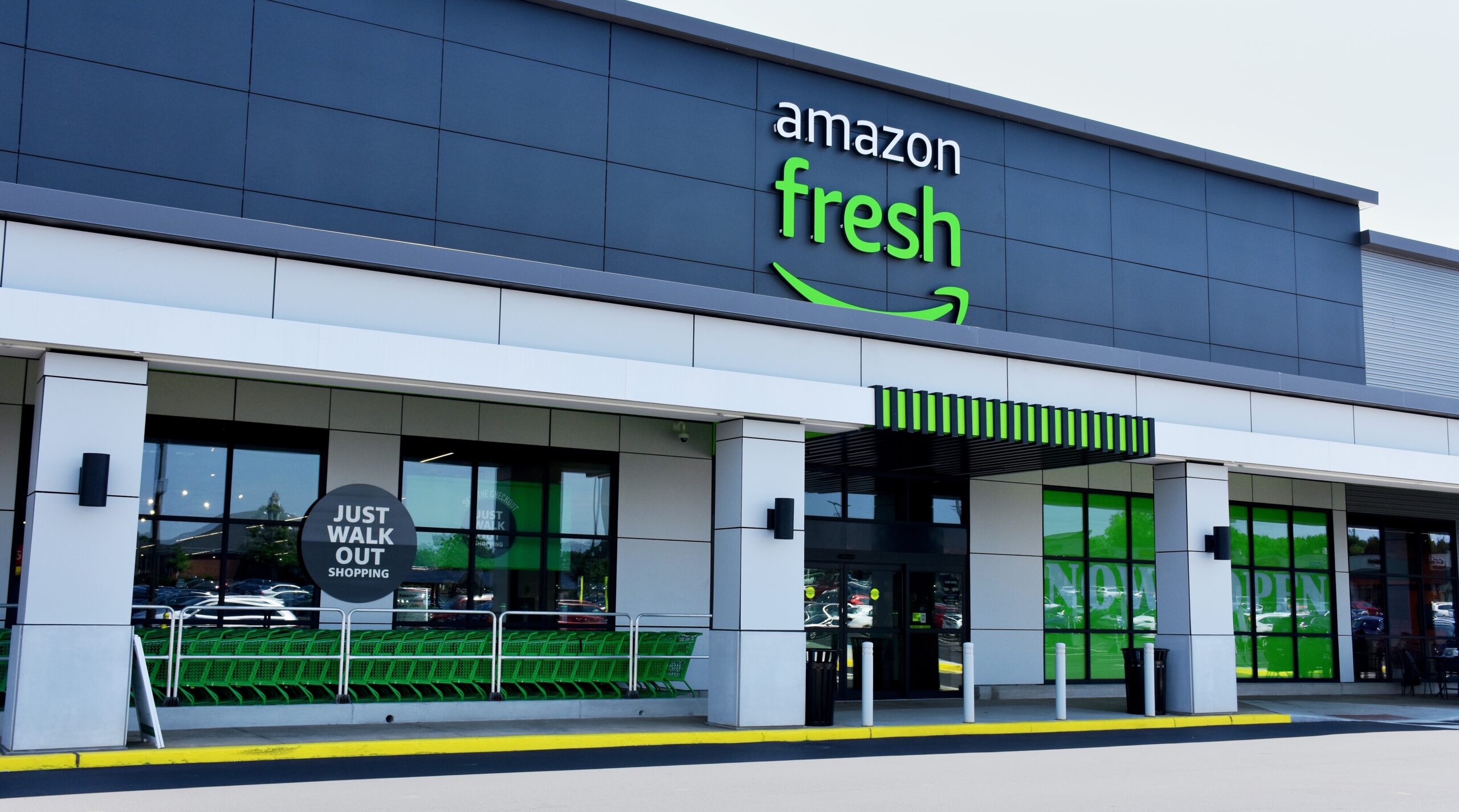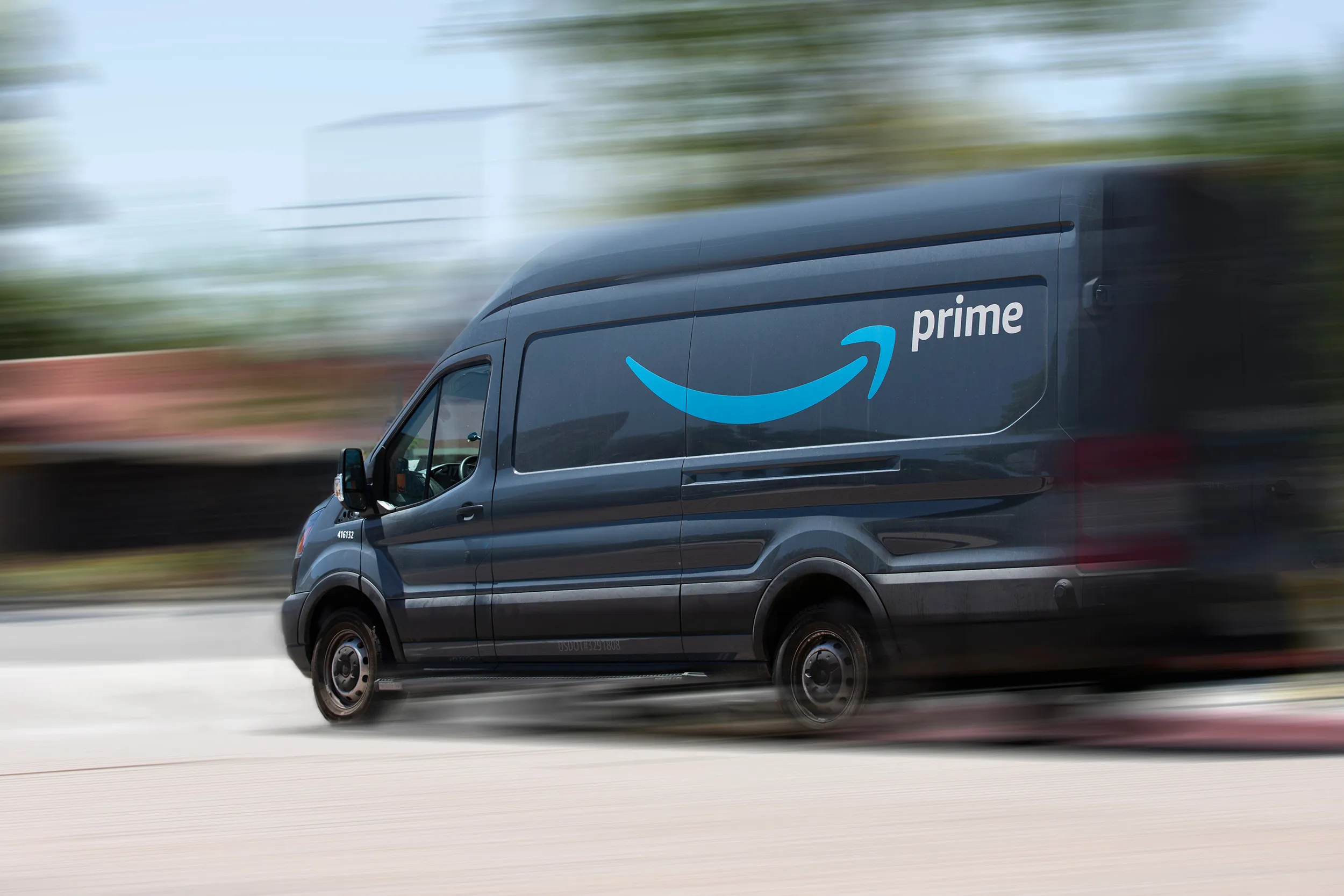Convergence Disrupted: Amazon Goes Brick-and-Mortar
Disintermediation is the heart of the Internet’s value proposition; cutting out the middleman in order to reduce distribution costs at scale. Now the first and best example of this point, Amazon.com, is quietly going a bit in the other direction.
According to a report Monday by Reuters, Amazon is installing “lockers” in 1,800 Staples office supply stores nationwide. These are not cloud-based digital content lockers, but instead large automated dispensing machines.
The Amazon lockers at Staples will allow online shoppers to have packages sent to the office supply chain’s stores. Amazon already has such storage units at grocery, convenience and drug stores, many of which stay open around the clock. Amazon.com Inc., the world’s largest Internet retailer, is trying to let customers avoid having to wait for ordered packages due to a missed delivery.
The reason for Amazon’s move, which Seattle-based GeekWire says was quietly launched a year ago, is not difficult to figure out. The “last 30 yards” are the most important part of its supply chain, for which Amazon largely relies on UPS. Yet as consumers, especially Americans, now spend little or no time at home during business hours, there is often no one available at the shipping address to receive packages. That makes the opportunity cost of buying from Amazon, namely the time required for delivery, higher than otherwise the case, in turn making alternatives such as Walmart, Apple and Best Buy in-store pick-up or RedBox DVD rental kiosks far more attractive to buyers. Marketing experts call this the “omnichannel” retail strategy, designed to prevent “showrooming.”
The irony is clear. A company born on the Web, one that essentially birthed the distinction between virtual and brick-and-mortar retailing, is making a big investment (including whatever undisclosed fees it will pay to Staples) in the very companies its business model threatens. While Apple’s retail stores may have been unexpected for a PC manufacturer, they represented an incremental change to the company’s distribution system. Amazon, in contrast, is moving stealthily into a new, mixed-mode business model that embraces part of the IRL retailing segment it once promised to make irrelevant.
Whether this will make a competitive difference remains to be seen. Consumers can now (literally) vote with their feet.









